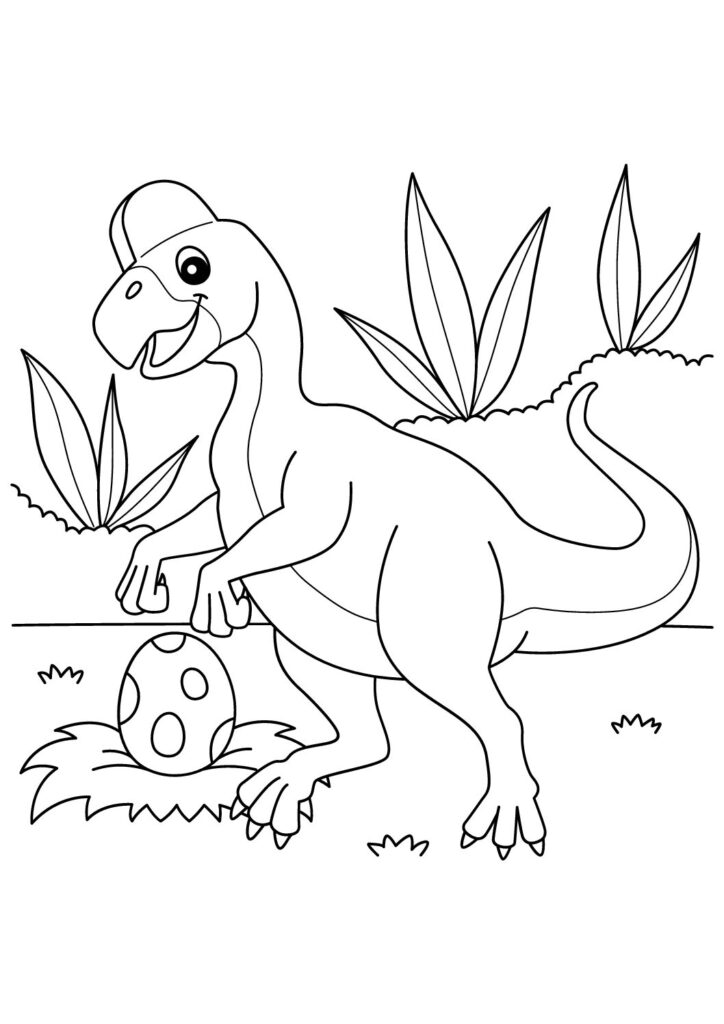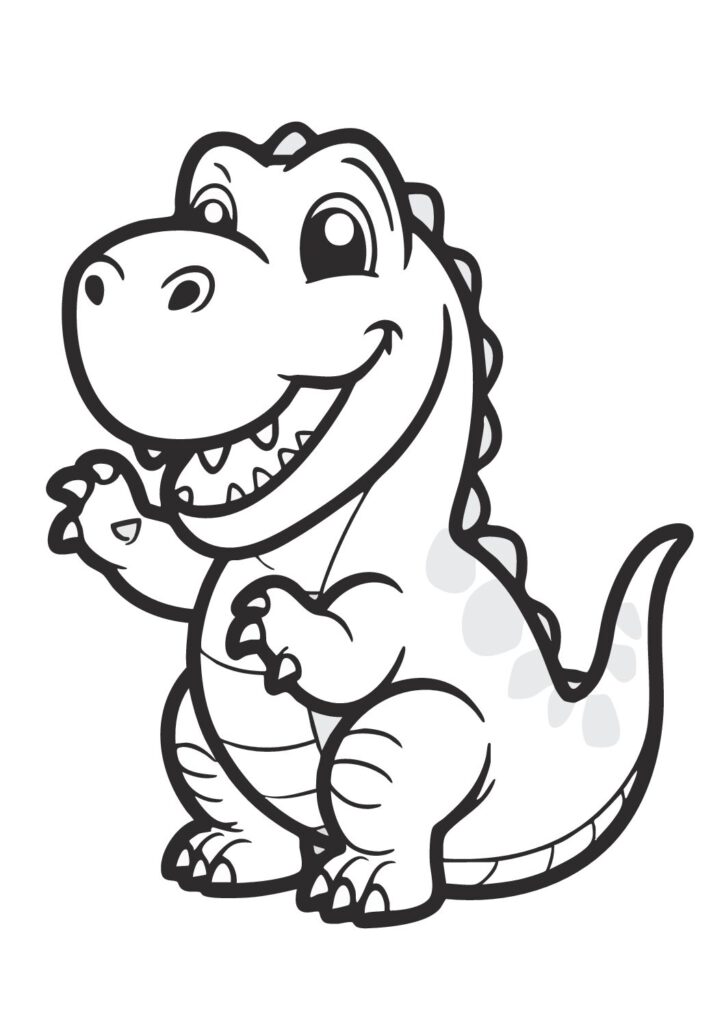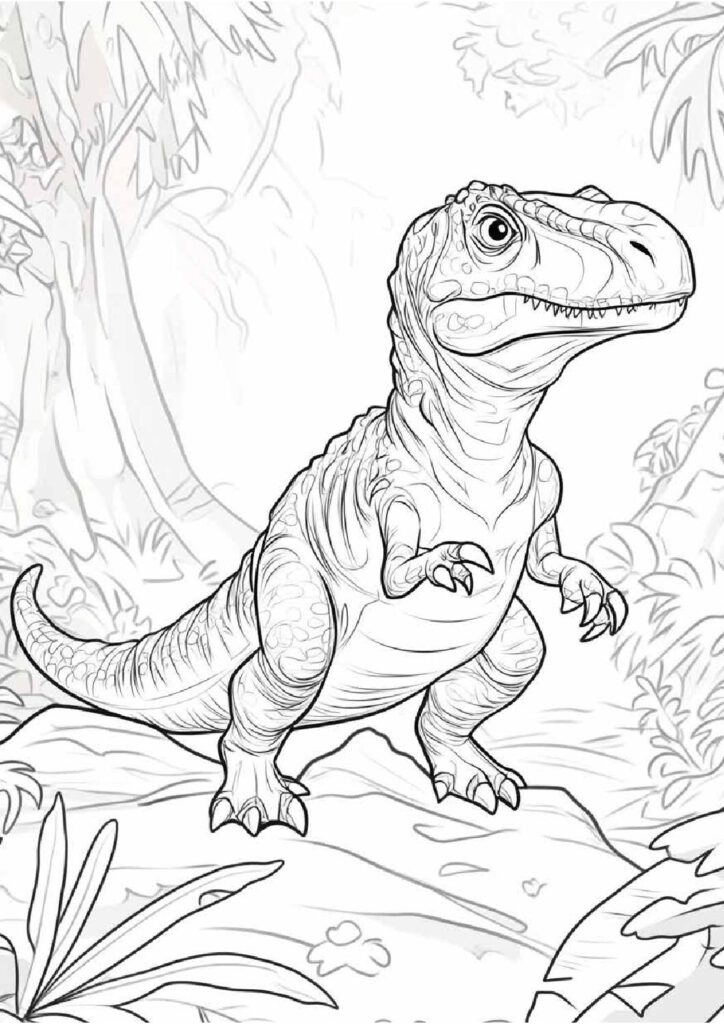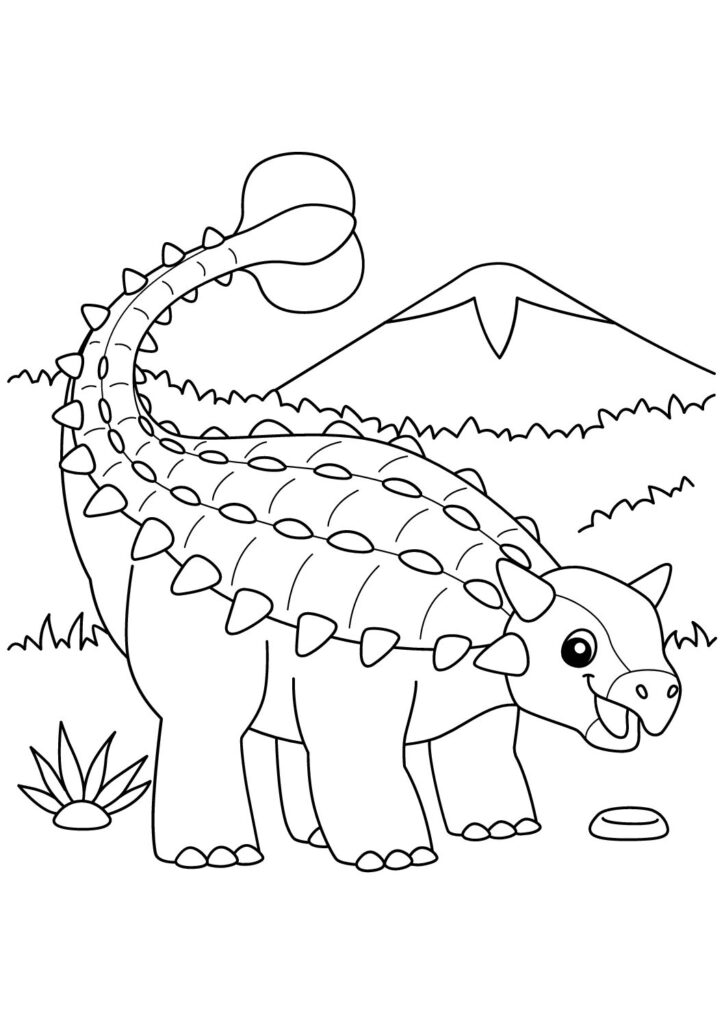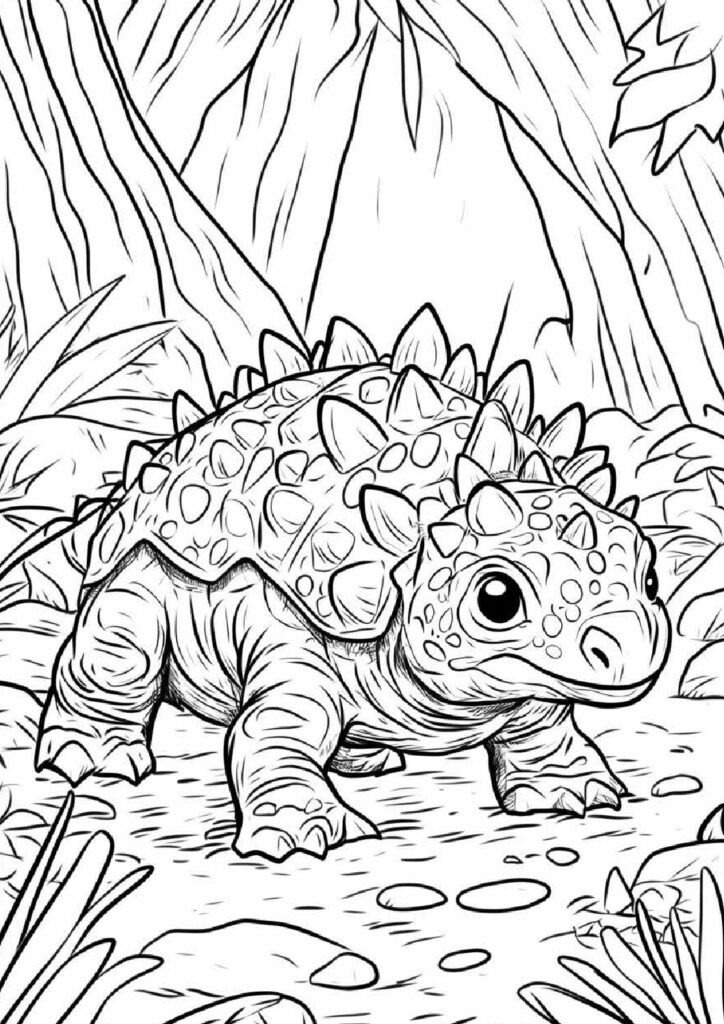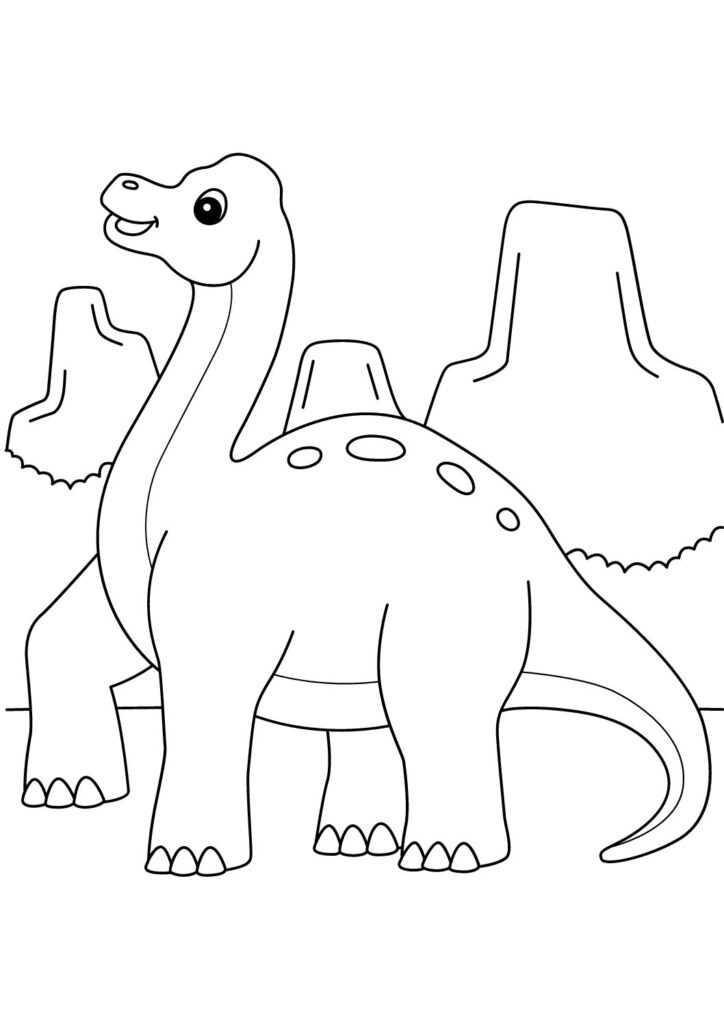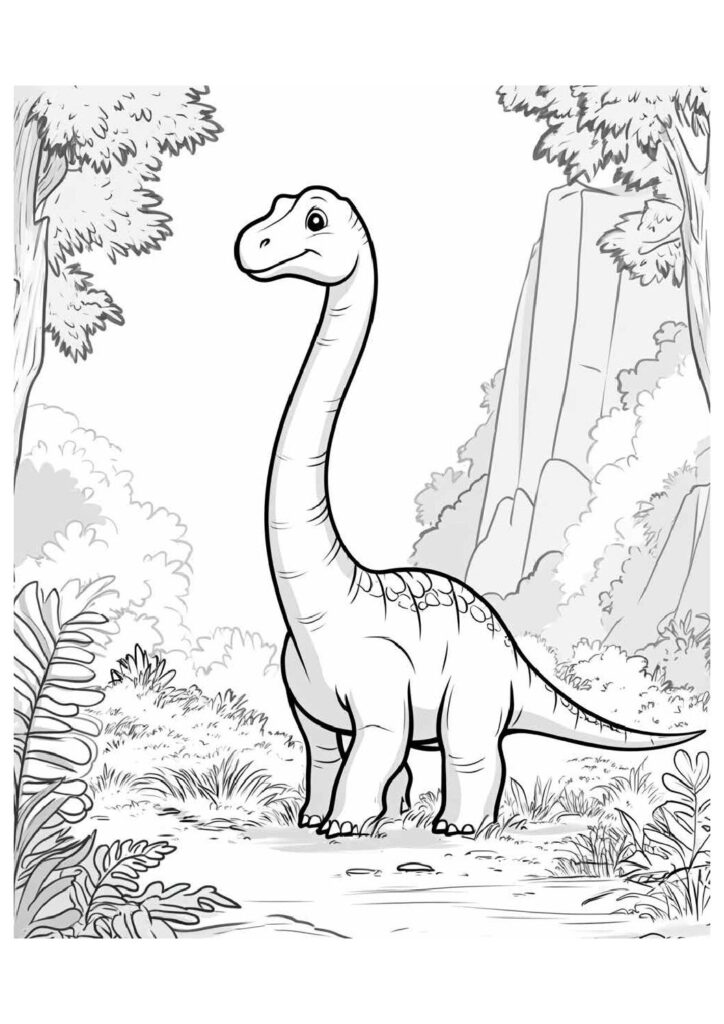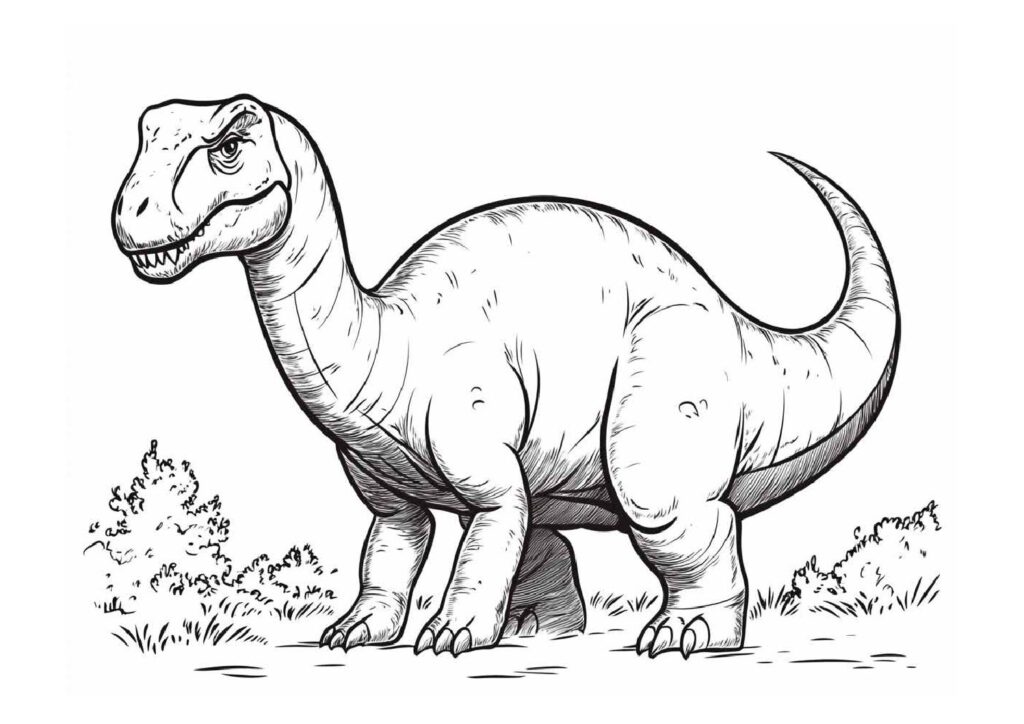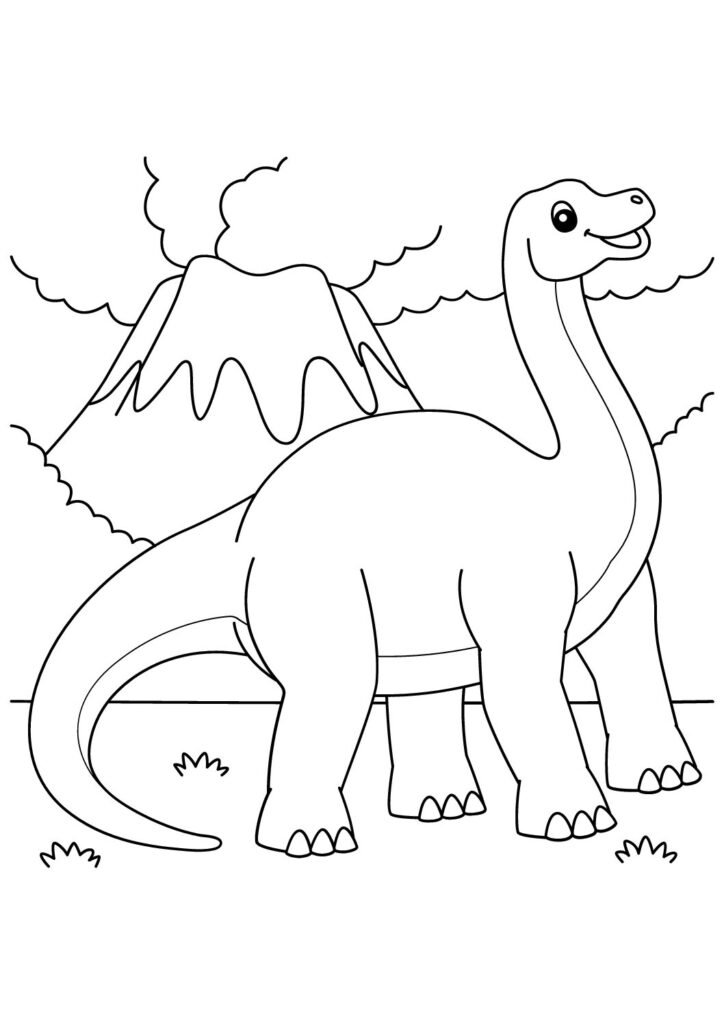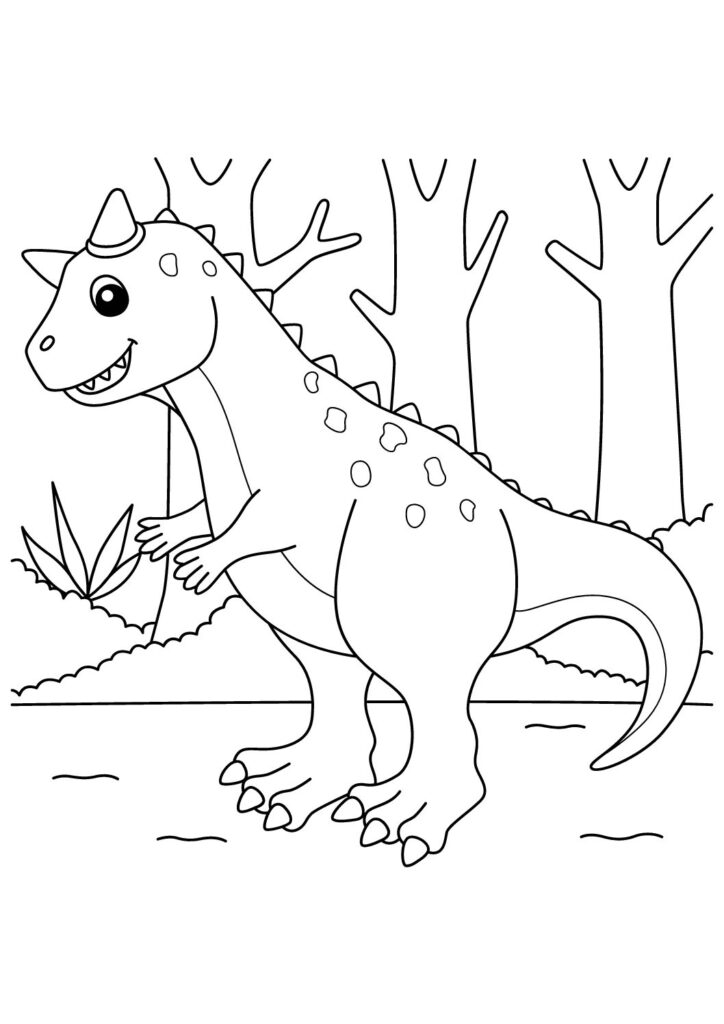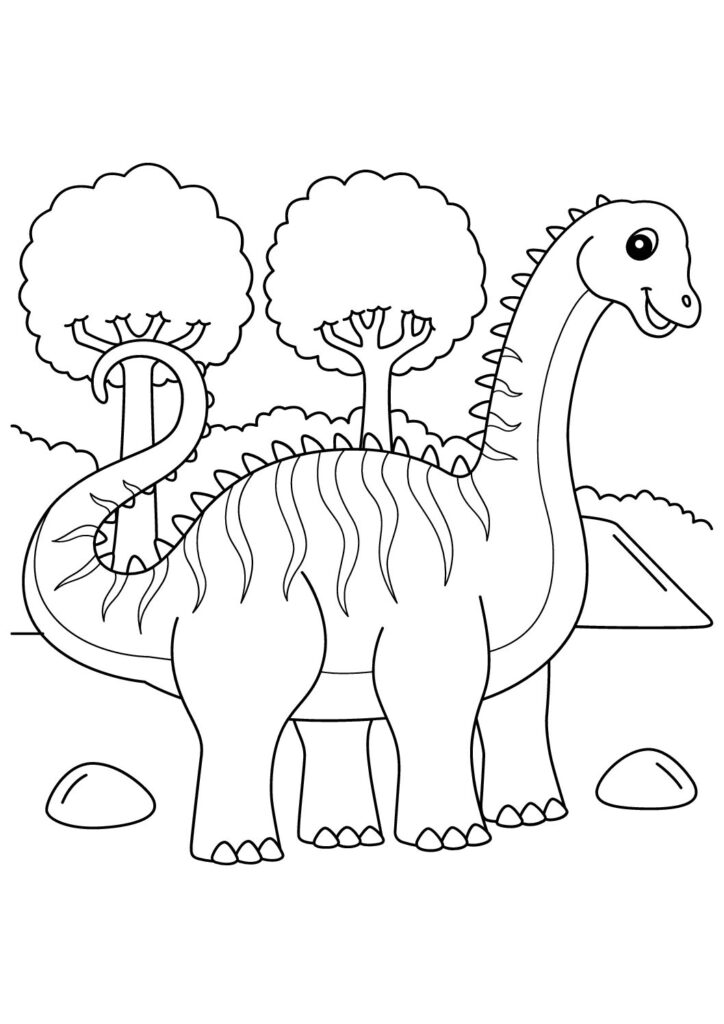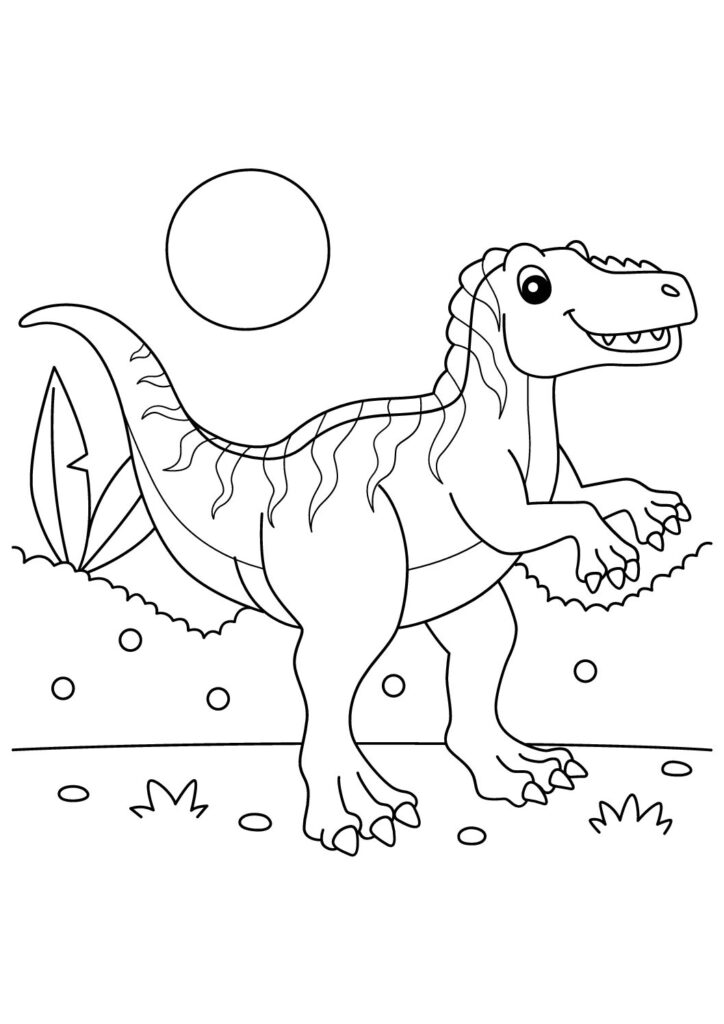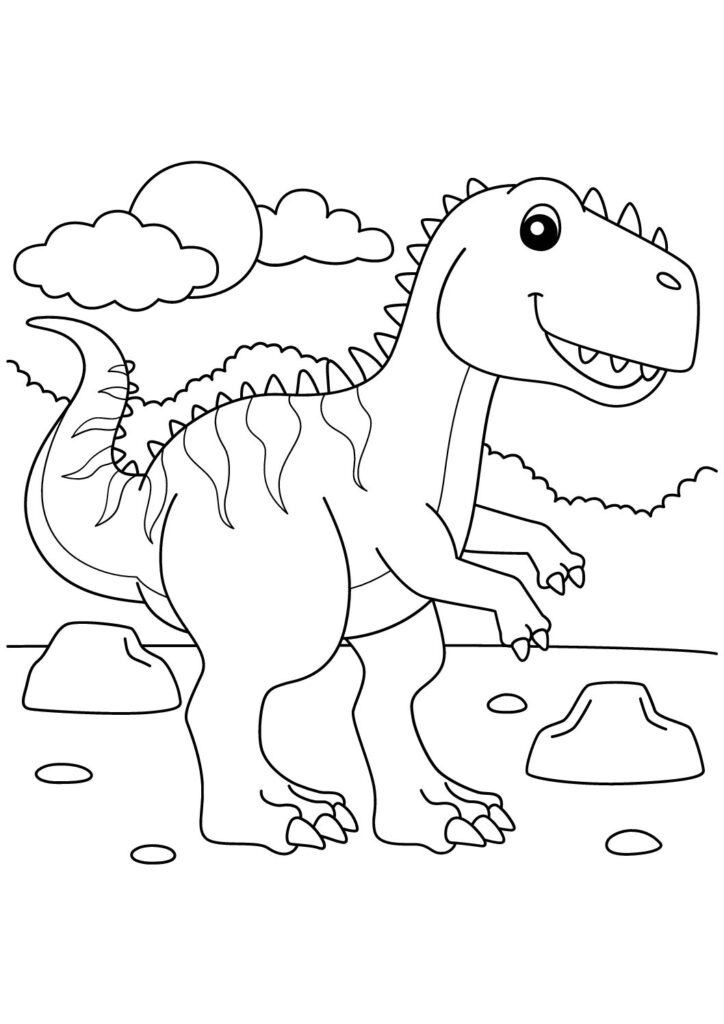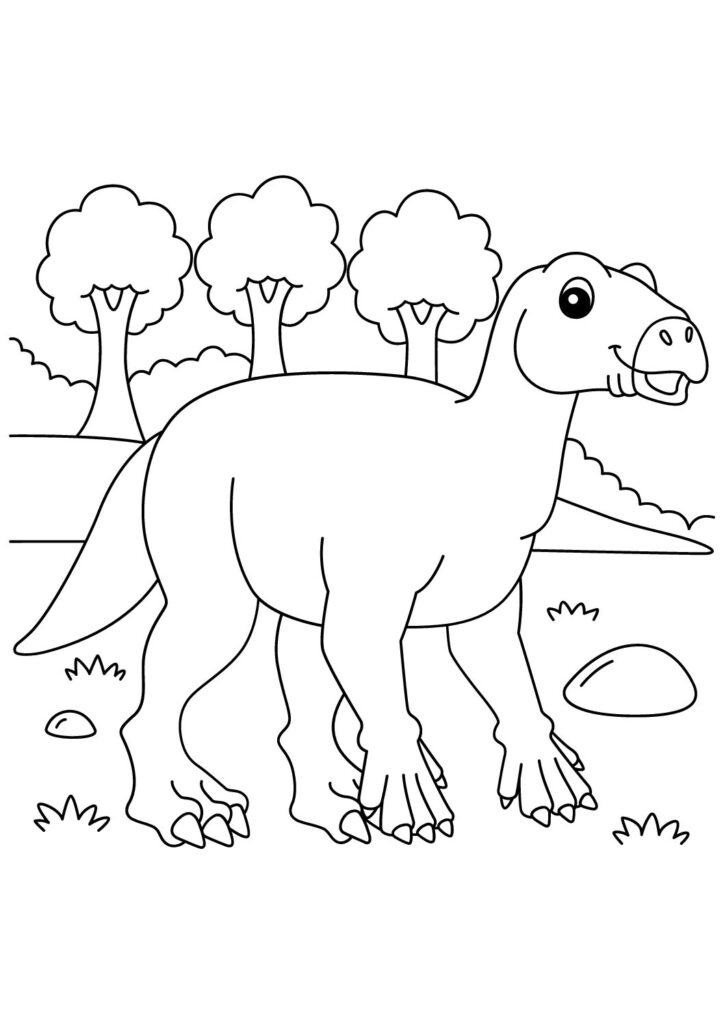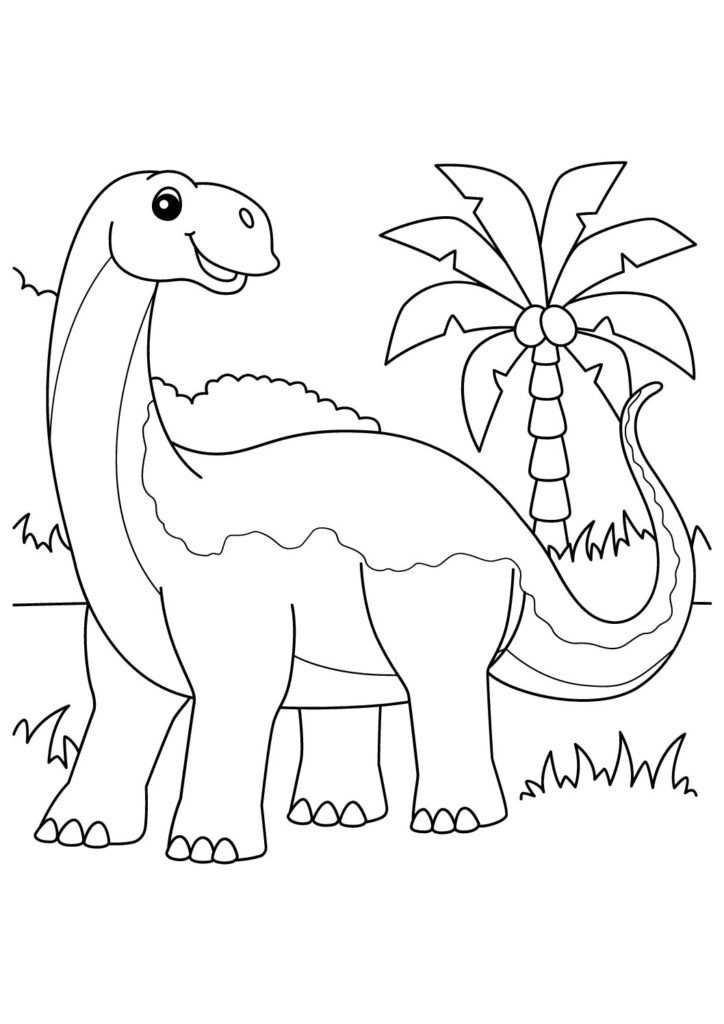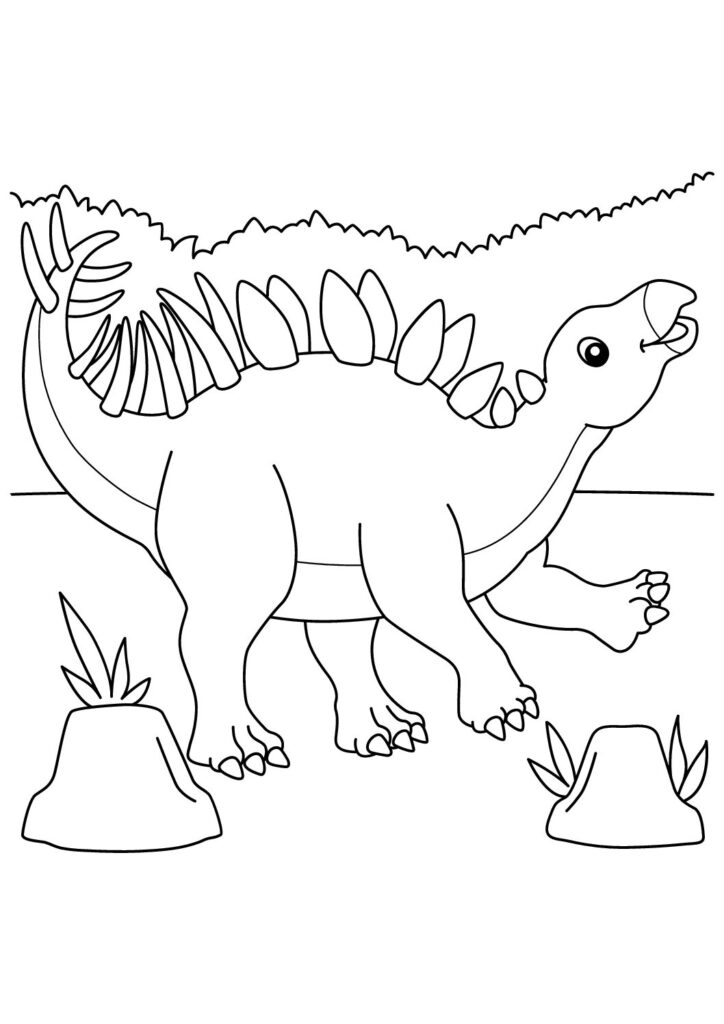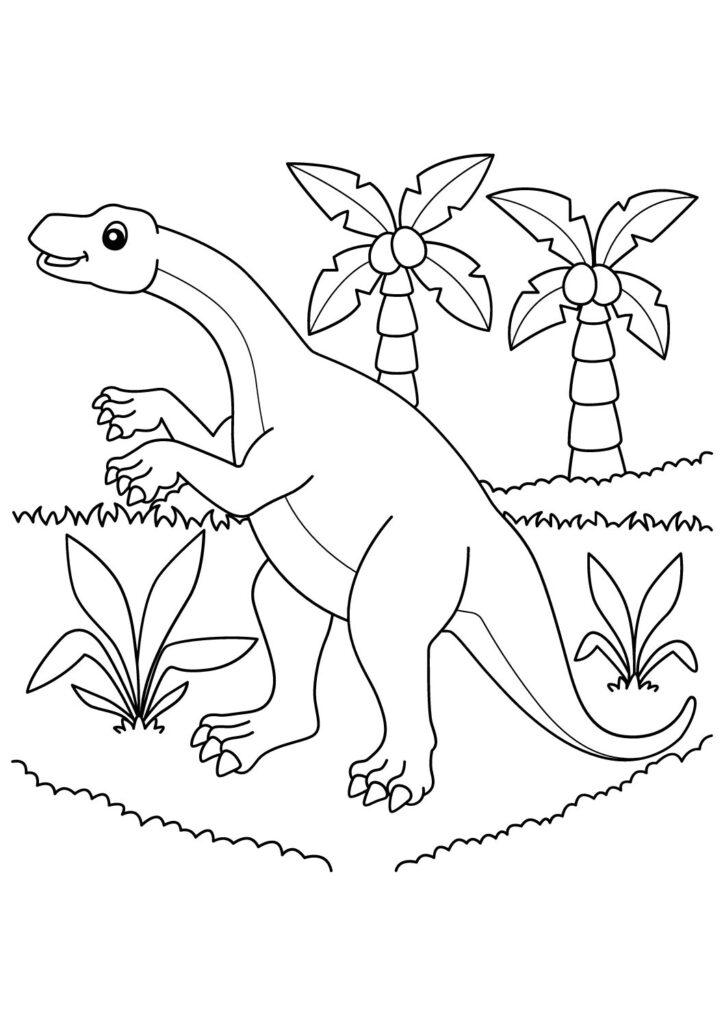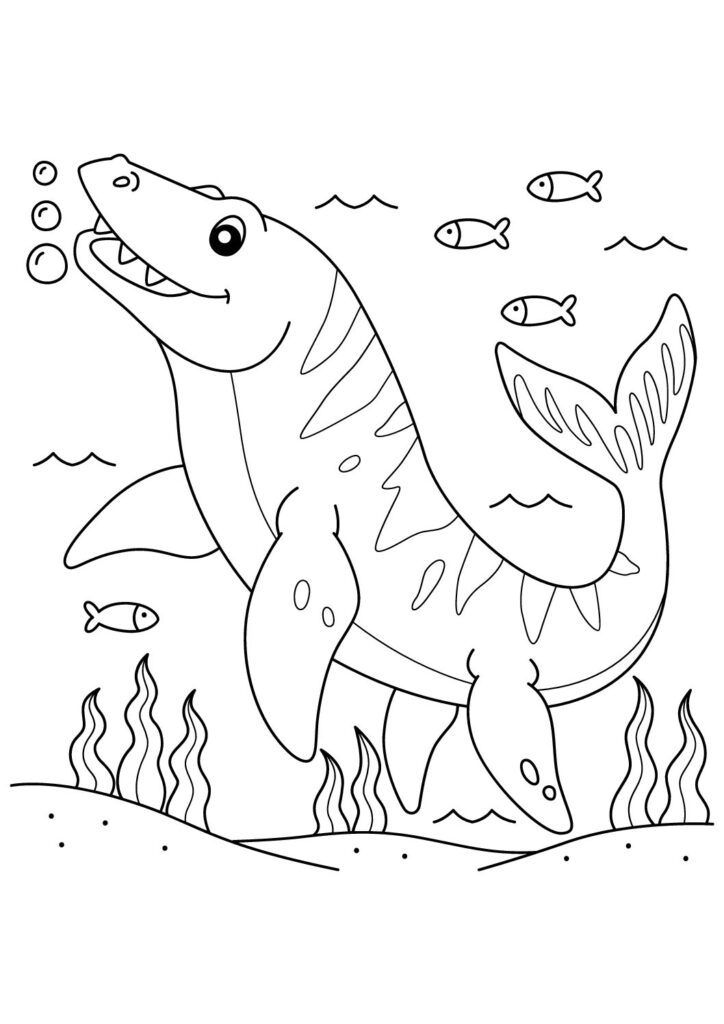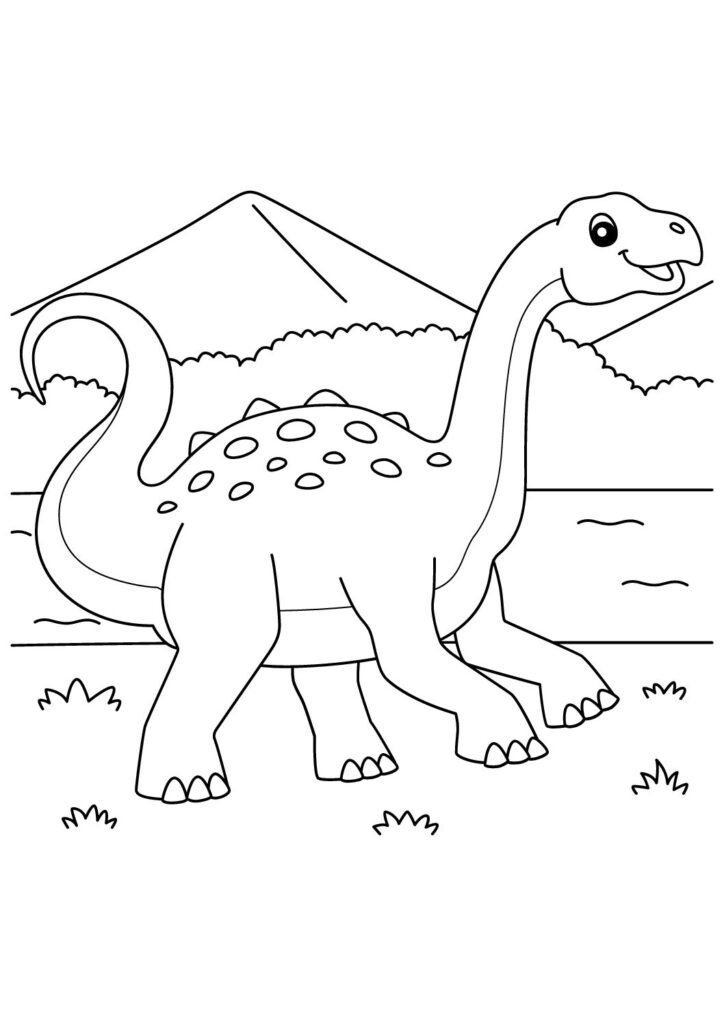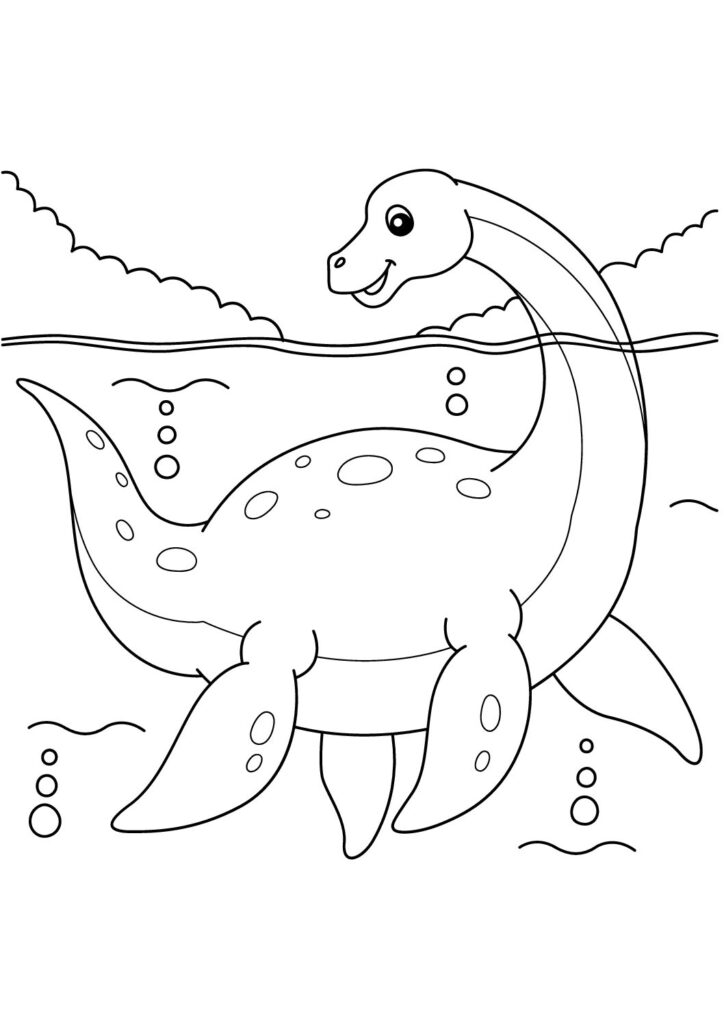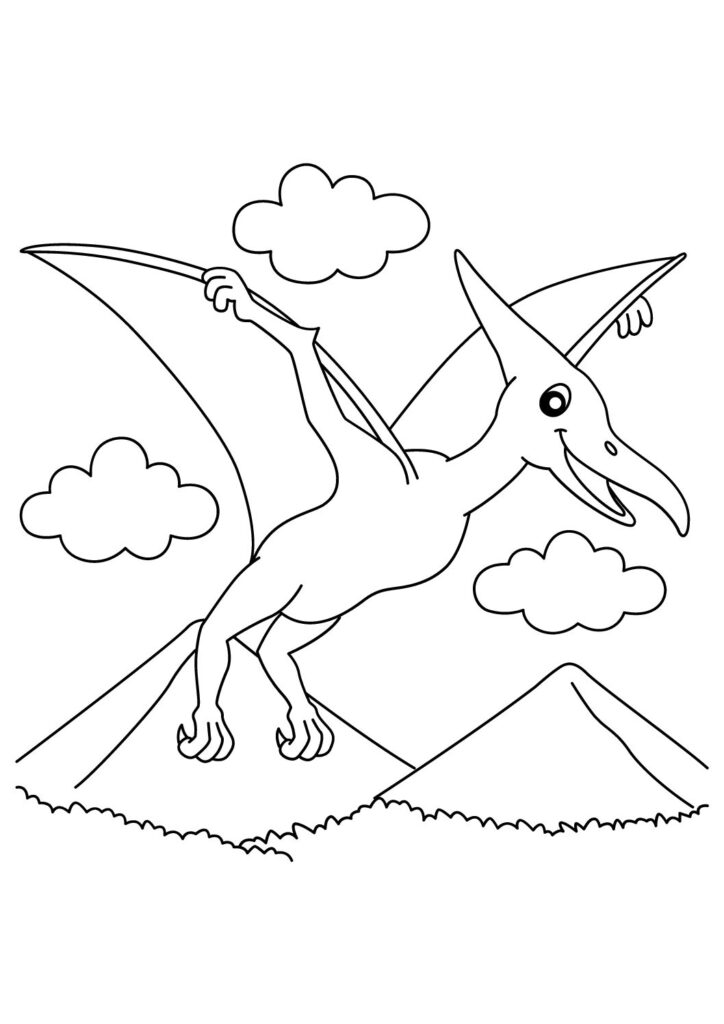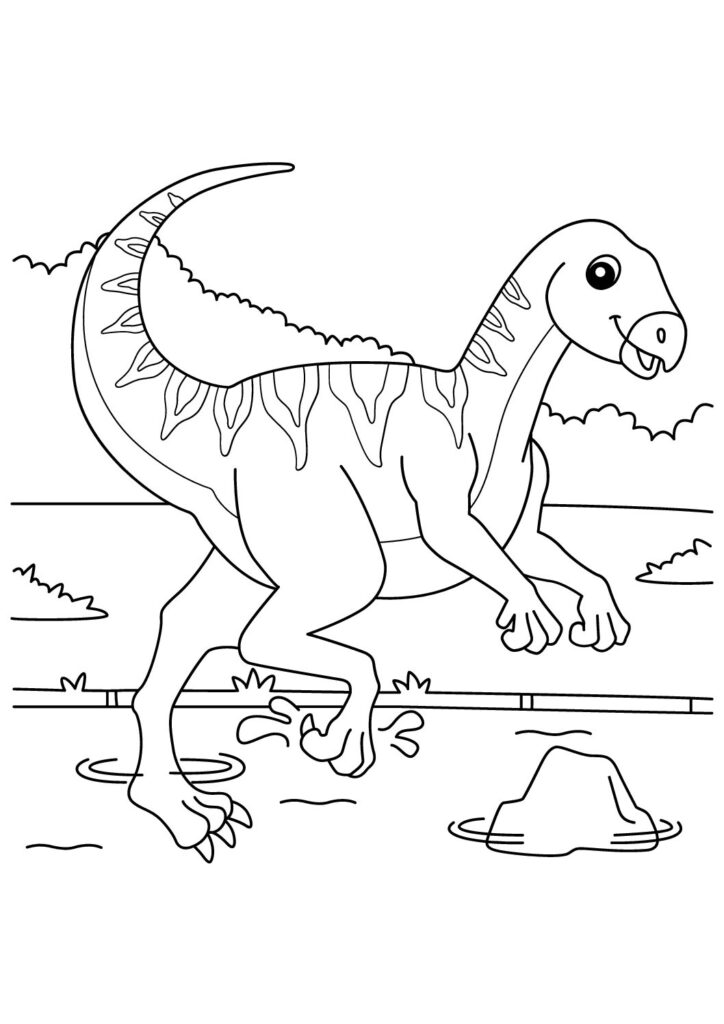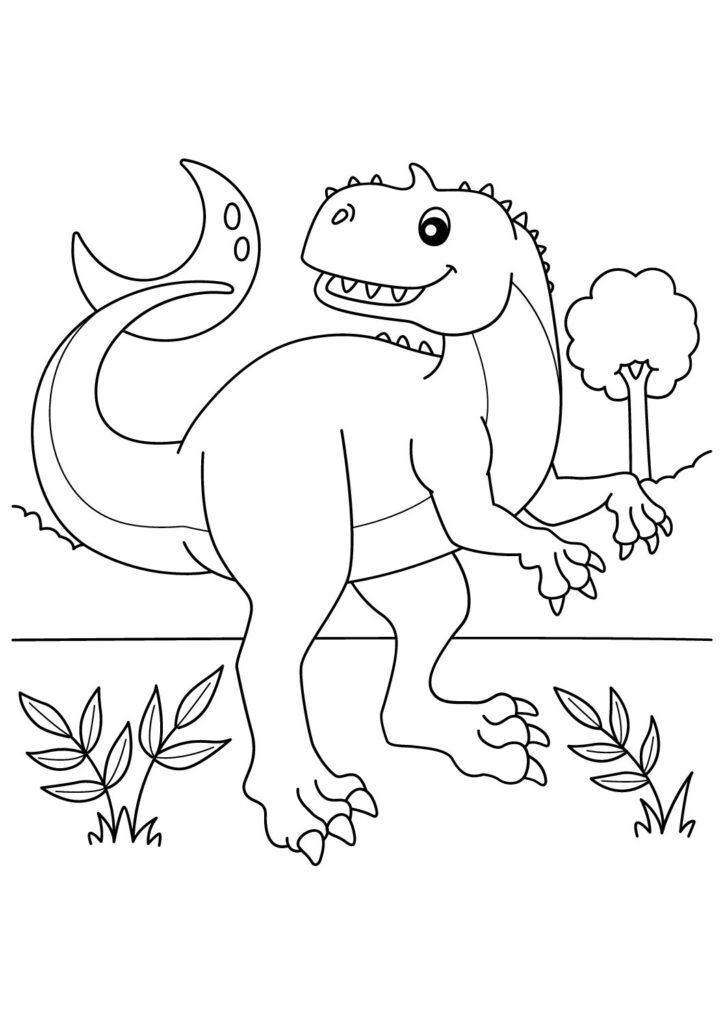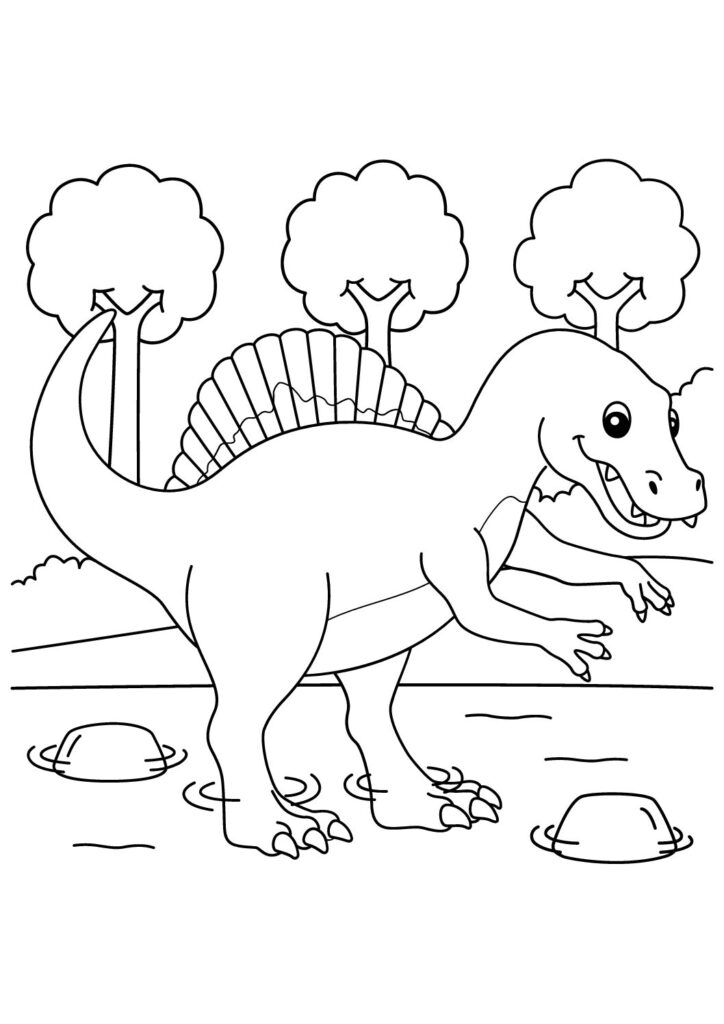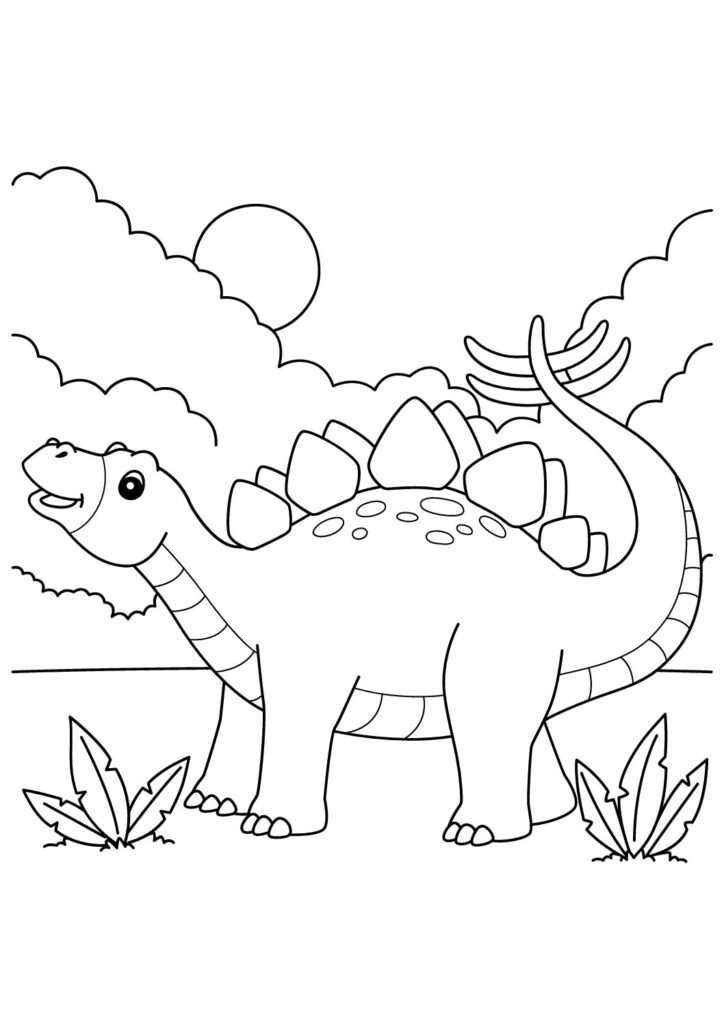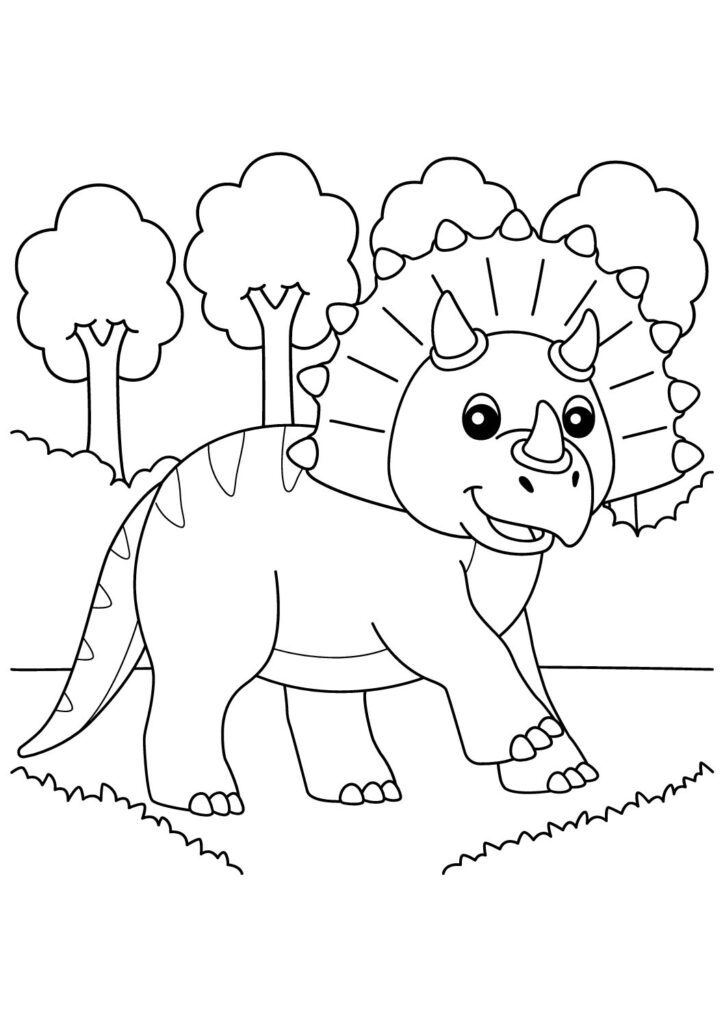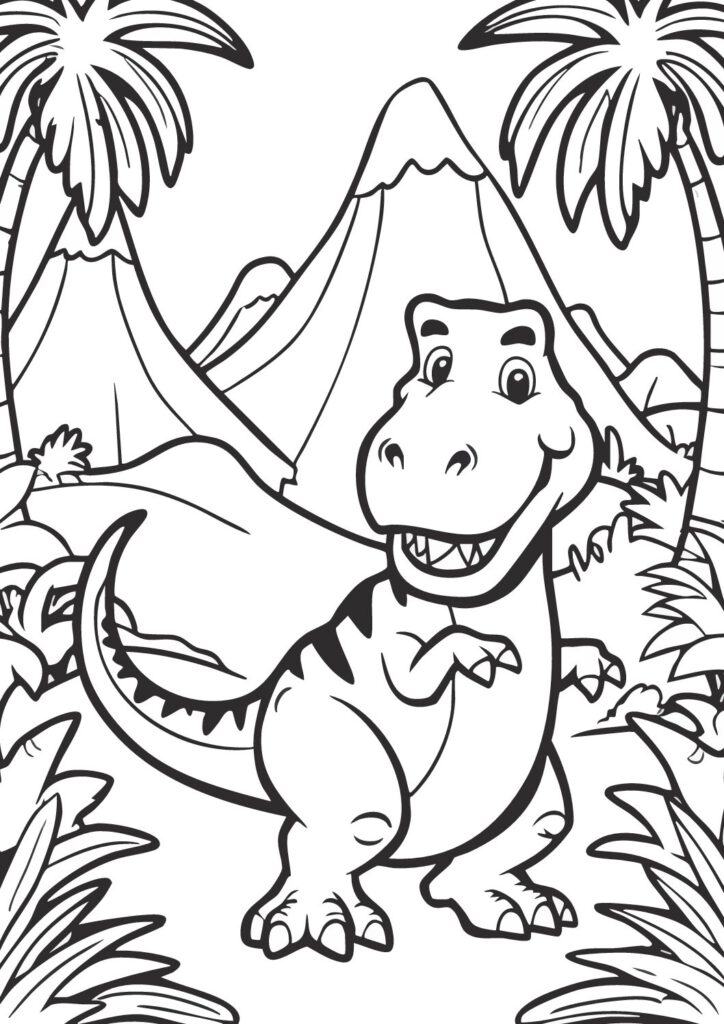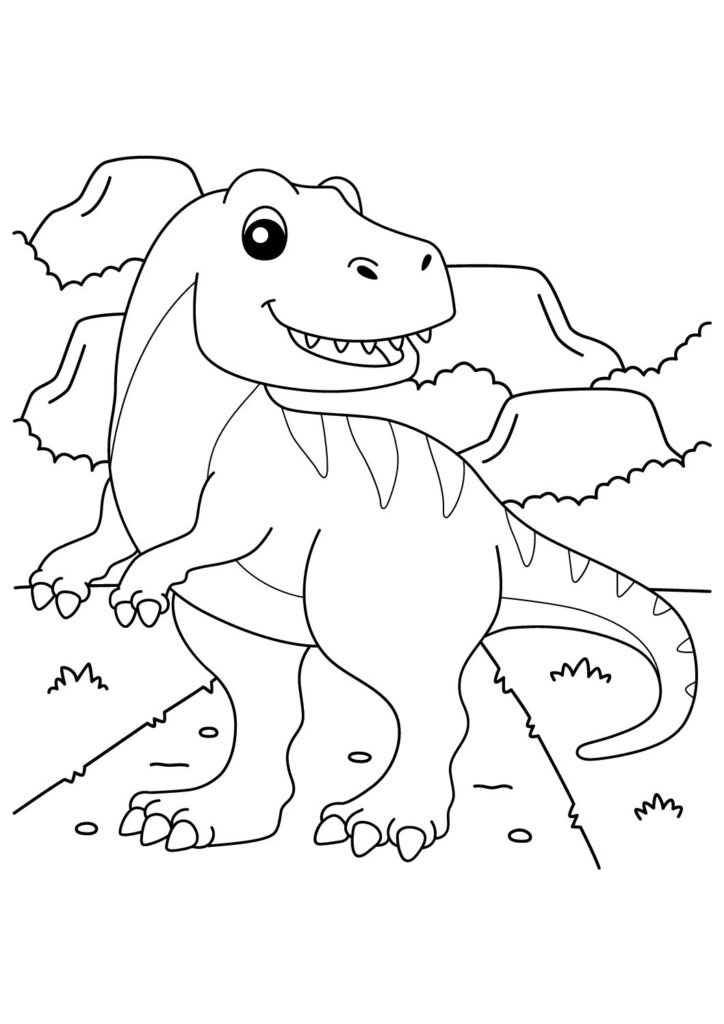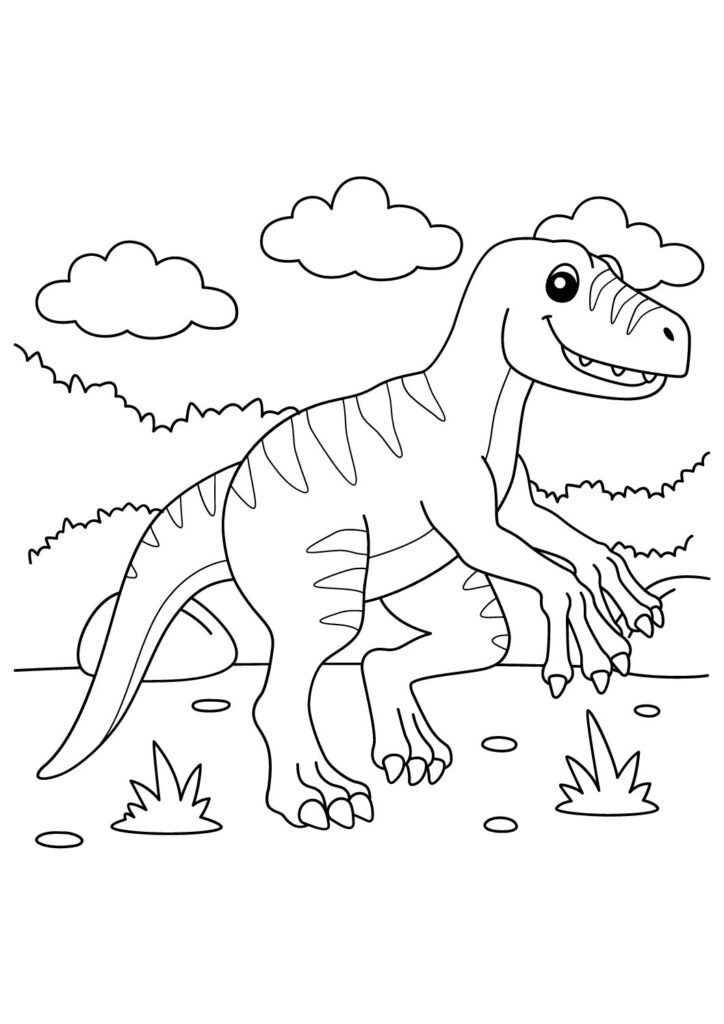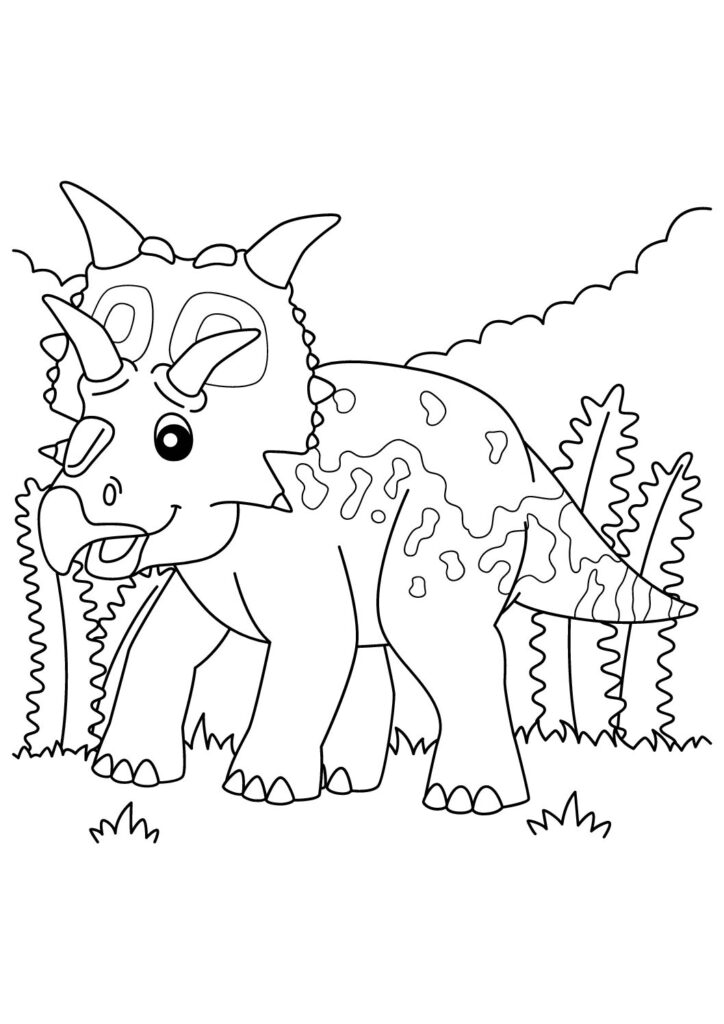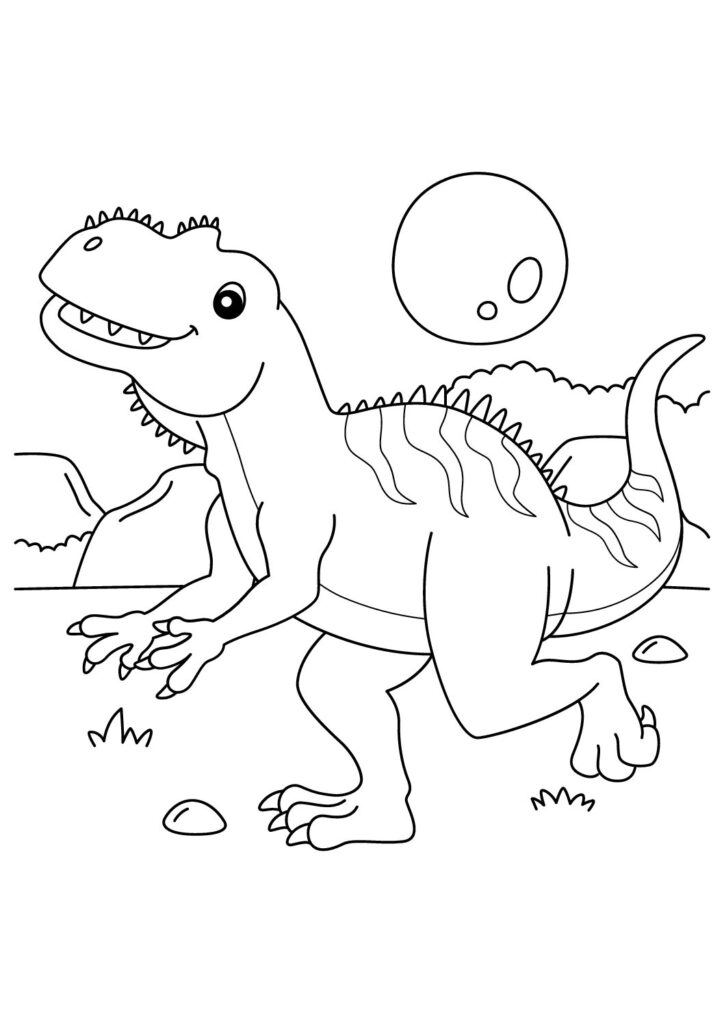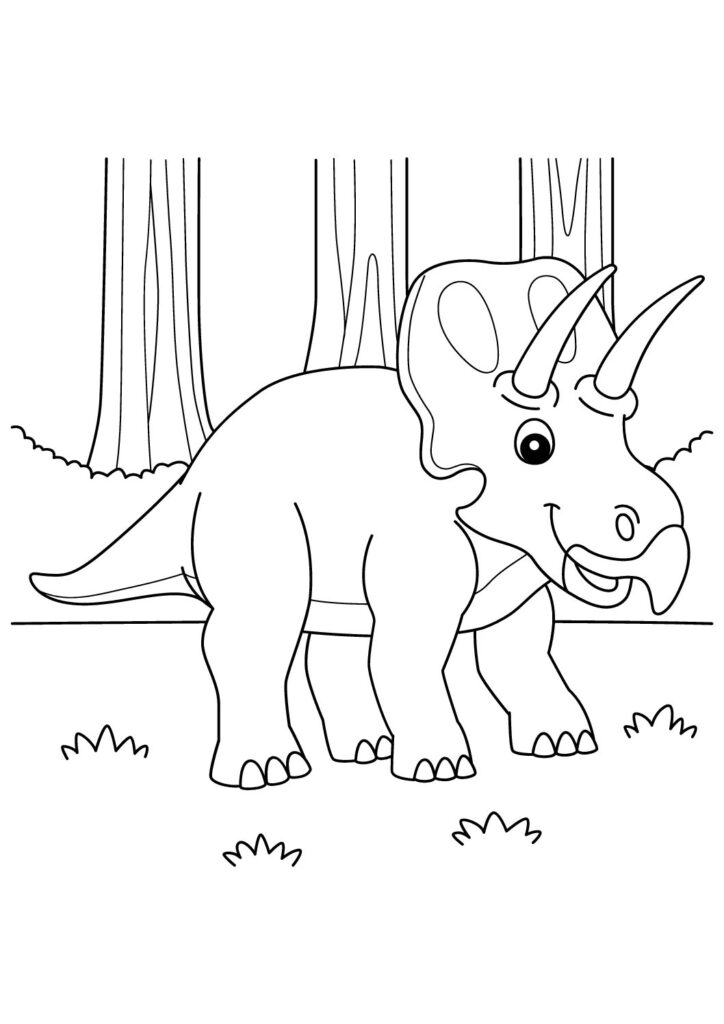1 Free Oviraptor Coloring Pages for Download (Printable PDF)

Scurry into our free printable collection of Oviraptor coloring pages featuring these clever dinosaurs in their swift and agile poses! Download these high-quality sheets showcasing these unique theropods with their distinctive crested heads, toothless beaks, and feathered bodies displaying their bird-like features. Perfect for kids and dinosaur enthusiasts, these detailed prehistoric coloring pages capture the nimble nature of these misunderstood creatures known for their intelligence and parental care. Each printable sheet brings these amazing Late Cretaceous dinosaurs to life, highlighting their elegant crests, grasping hands, and feathered arms!
Fascinating Oviraptor Facts: The Complete Guide to the Misunderstood "Egg Thief"
Introduction
Oviraptor philoceratops represents one of paleontology’s most rehabilitated reputations, initially mischaracterized as an “egg thief” based on fragmentary evidence before being vindicated through remarkable fossil discoveries. This distinctive feathered dinosaur roamed what is now Mongolia during the Late Cretaceous period approximately 75-70 million years ago, featuring a unique combination of bird-like characteristics that have revolutionized our understanding of dinosaur behavior and the dinosaur-bird evolutionary connection.
The Great Misunderstanding
Oviraptor received its unfortunate name meaning “egg seizer” or “egg thief” when its first fossil was discovered in 1923 atop what scientists believed were Protoceratops eggs. This interpretation was dramatically reversed in the 1990s when additional specimens were found in identical positions—brooding their own nests like modern birds, with their arms spread protectively over their eggs, demonstrating they were caring parents rather than egg raiders.
Physical Appearance
This medium-sized theropod reached approximately 6-8 feet in length and stood about 3 feet tall at the hip, weighing an estimated 75-100 pounds. Its most distinctive feature was its unique skull with a short, deep, toothless beak topped by a prominent bony crest similar to modern cassowaries, while its entire body was covered in feathers including long, symmetrical wing and tail feathers that weren’t used for flight but likely served display and brooding functions.
Dietary Adaptations
Despite its initial characterization as an egg specialist, Oviraptor’s powerful beak was likely adapted for processing various foods including shellfish, plants, small vertebrates, and occasionally eggs. Its strong jaw muscles could generate significant crushing force, potentially specialized for breaking mollusk shells in the ancient Djadochta Formation that featured both arid dune environments and occasional water sources supporting diverse food options.
Parental Behavior
The discovery of Oviraptor specimens positioned over nests in brooding postures identical to modern birds provided groundbreaking evidence of complex parental care among dinosaurs. These remarkable fossils, preserved when sand dunes collapsed during storms, show adults with their limbs symmetrically arranged over clutches of eggs, demonstrating that bird-like nesting behavior evolved long before modern birds and representing one of paleontology’s most significant behavioral discoveries.
Evolutionary Significance
Oviraptor belongs to Oviraptorosauria, a group of feathered theropods closely related to the ancestors of modern birds. Their numerous avian characteristics—including hollow bones, wishbones (fused clavicles), and brooding behaviors—provide crucial evidence for the evolutionary connection between dinosaurs and birds, demonstrating that many features considered uniquely avian actually evolved in their dinosaurian ancestors millions of years before the first true birds.
Scientific Impact
The reinterpretation of Oviraptor from egg thief to caring parent represents one of paleontology’s most significant narrative reversals, demonstrating how new evidence can dramatically change scientific understanding. This case study highlights the self-correcting nature of science while illustrating how initial interpretations based on limited evidence may require substantial revision as additional discoveries provide crucial context for understanding extinct animals’ actual behaviors and lifestyles.
